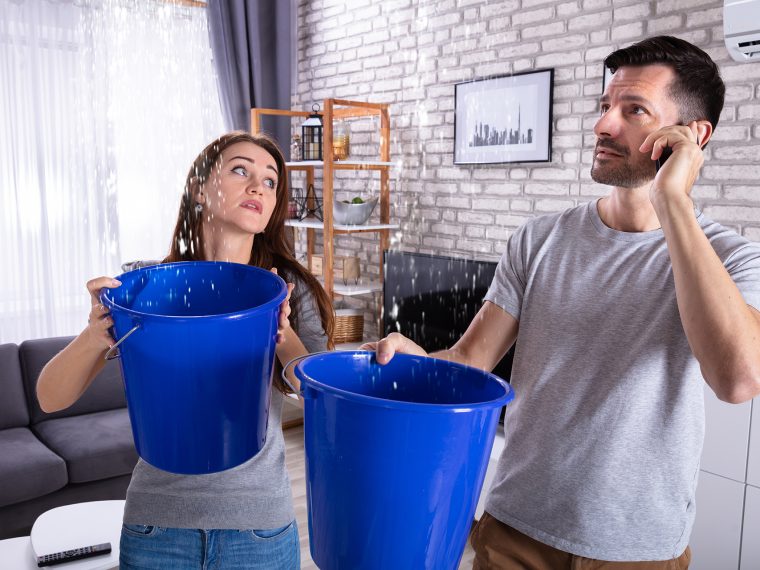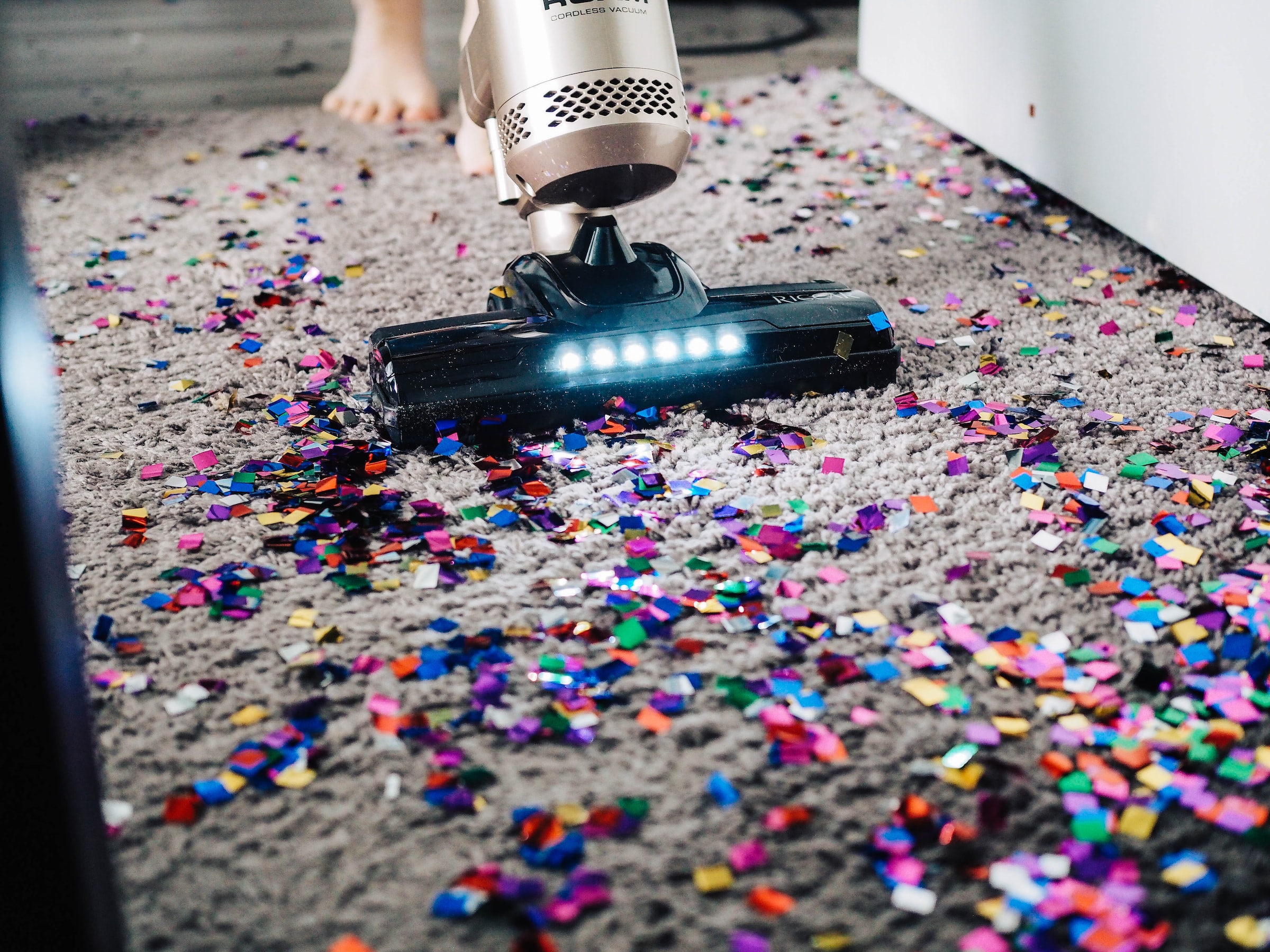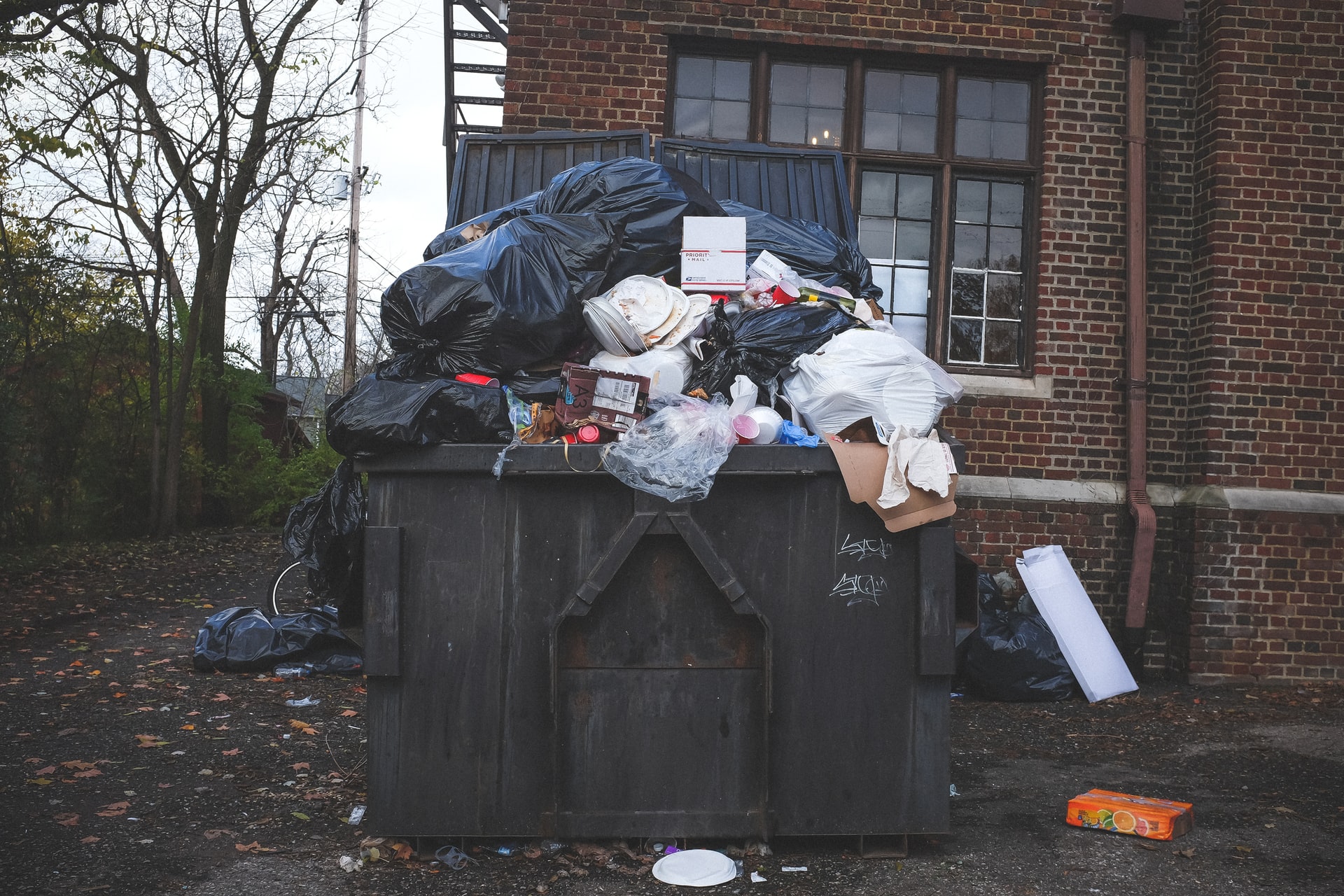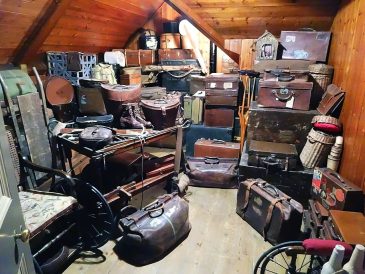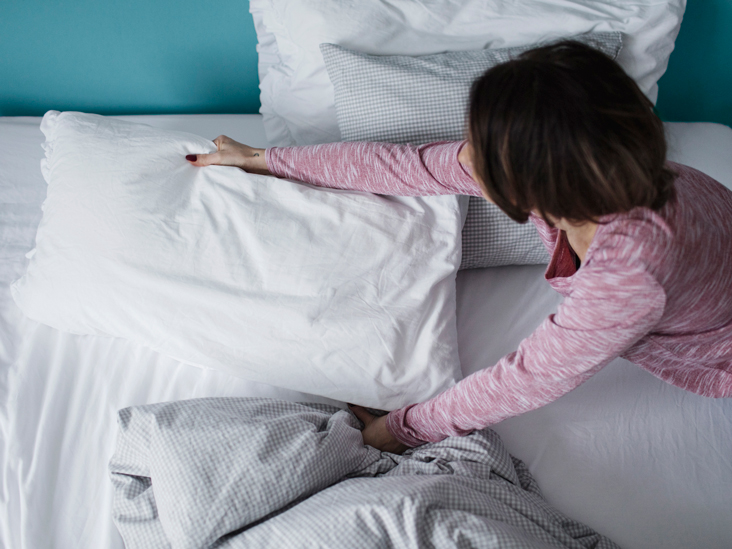Year after year, the severity and frequency of storms are intensifying. As a result, homeowners end up dealing with severe property damage. While you can’t control the weather or its impact on your house and your garden, you can at least clean up the mess.
So, here’s a guide to help you know more about safely cleaning up after a storm hits your area.
Wait Until Weather Has Improved
 Even if your house is a safe shelter during a thunderstorm, you might still be at risk. Did you know that around one-third of lightning-strike injuries occurred indoors?
Even if your house is a safe shelter during a thunderstorm, you might still be at risk. Did you know that around one-third of lightning-strike injuries occurred indoors?
Lightning can travel through electrical systems and when you use anything connected to an electrical outlet, like a laptop, computer, dryer, washer or a game system, you are exposed to the risk of being struck by lightning. Several studies have also proved that lightning can travel through a building’s plumbing. So, when you are washing dishes or, in any other way, coming into contact with water during a thunderstorm, there is the possibility of being struck by lightning.
Instead of getting a head start on cleaning up, try to hold yourself back until the weather has improved. Do not attempt to use any electrical appliance to clean, like vacuum cleaners. Stay off porches and don’t try to clean up the yard until the severe weather has completely cleared.
Stay Informed
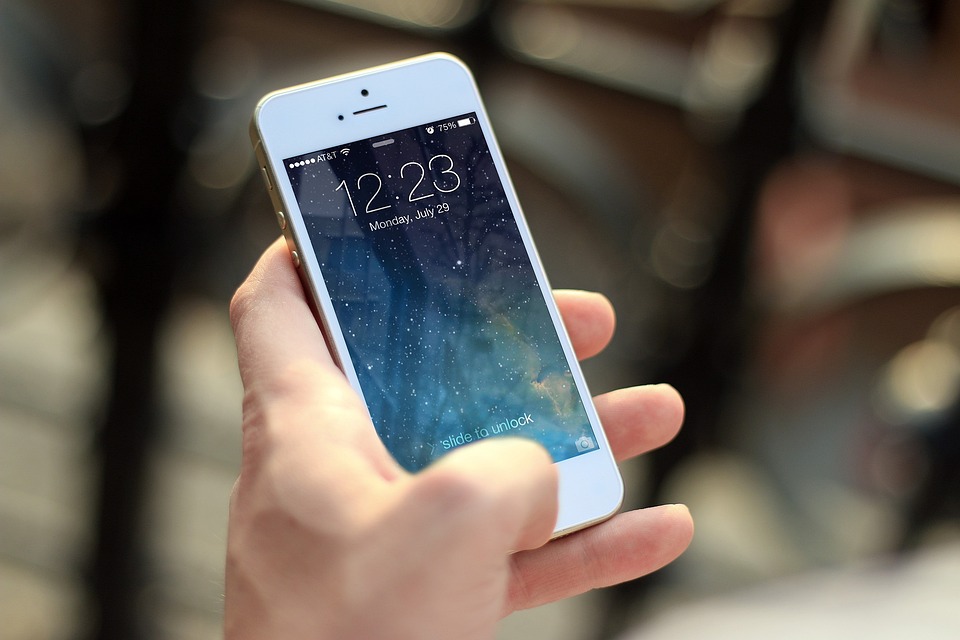 There’s nothing more unpredictable than the weather.
There’s nothing more unpredictable than the weather.
Before you head outside and start cleaning up the yard, make sure you check the weather forecasts and ensure that long and tumultuous downpours won’t drown your garden again.
Storms are intriguing weather phenomena that people have tried studying for centuries. There are sayings like “the calm before the storm” or “the calm after the storm.” However, a peculiar calm may sometimes precede whip-like winds and violent downpours. At times, some storms may even skip the calm and proudly announce their departure by unleashing bad weather.
So, before you start the whole clean-up procedure, stay up-to-date with local guidance via TV updates or radio news.
Understand the Potential Dangers and Let the Professionals Do It for You
 Whether it’s an earthquake, a tsunami or a hurricane, cleaning up after a natural disaster can be more dangerous than the disaster itself.
Whether it’s an earthquake, a tsunami or a hurricane, cleaning up after a natural disaster can be more dangerous than the disaster itself.
The weather may have improved, but danger still lurks with electrical wires, houses with torn or leaked roofs and in flooded areas of the house. Floodwater, for instance, may be contaminated with harmful bacteria and viruses from sewage. As a result, these waters may leave behind a variety of hazards for you and your family, ranging from infectious diseases to chemical hazards, injuries and infections.
The dangers, however, don’t end when the flood waters recede. When your house is flooded, the porous materials with which it was made will absorb the water like a sponge and will damage the house’s structural integrity.
So, if you’ve experienced flooding in your house, don’t just try to clean up the mess. Hire experts who will inspect your property and advise you on the best course of action for house cleaning or house repair.
Gear Up
 Even after a storm has passed, you might still be exposed to certain hazards as your house might be contaminated with sewage water or mold. In addition, a great deal of damage may have occurred when storms with strong, violent winds have swept up projectiles and debris and hurled them at your windows. Now, if you attempt to clean up the mess without donning the proper protective equipment, the cracks, fractures and breaks in glass can pose serious risks.
Even after a storm has passed, you might still be exposed to certain hazards as your house might be contaminated with sewage water or mold. In addition, a great deal of damage may have occurred when storms with strong, violent winds have swept up projectiles and debris and hurled them at your windows. Now, if you attempt to clean up the mess without donning the proper protective equipment, the cracks, fractures and breaks in glass can pose serious risks.
So, here is how you should prepare yourself when cleaning up after a storm:
- Wear a hard hat.
- Wear safety goggles or any other eye protection.
- Put on heavy-duty work gloves.
- Don’t forget the waterproof boots.
- Make sure to wear long-sleeved shirts and long pants to protect your skin.
- According to the Centers for Disease Control (CDC), one is also advised to wear respirator masks during the cleaning procedure.

